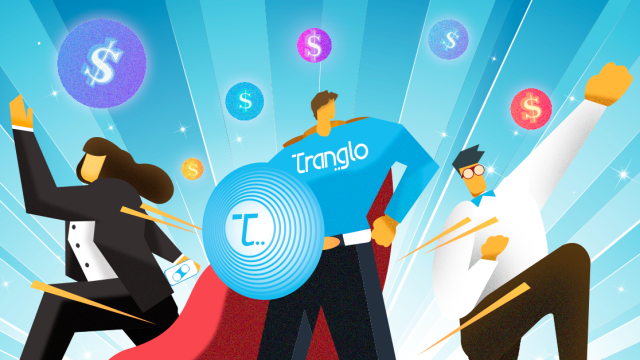In Part 1, we touched on why the United States is the world's biggest cross-border remittance source country and some of the most popular digital payment apps there. In this article, we will talk about real-time payments (RTP) in the US.
RTP or instant payments are transactions that are sent, cleared and received instantly 24/7 and 365. The market size of RTP is growing rapidly. Why? User expectation. Senders hope the money they send can be received by their family members or friends immediately, while merchants wish to get payments instantly for better cash flow management.
Based on ACI Worldwide data, RTP transactions were valued at USD 195 billion in 2022, representing a YoY growth of 63.2%. It also forecasted that the total will increase to USD 511.7 billion by 2027.
Each country and region has its own RTP system. For example, there’s the UK’s Faster Payment System, India’s Immediate Payment Service and Unified Payments Interface (UPI), the EU’s Single Euro Payments Area (SEPA), Brazil’s Pix, Singapore’s PayNow and Australia’s New Payments Platform.
What about the US? Does it have an instant payment system?
RTP in the US
In the US, a survey by the Federal Reserve revealed that 6 in 10 Americans plan to use faster payments in the future for P2P transactions, while 4 out of 5 consumers said they are interested in faster options to pay businesses.
Oddly, for the world’s biggest economy, the US is lagging behind even some emerging economies when it comes to RTP. Instant payments made up only about 1% of overall US payments in 2022.
RTP and FedNow
There are 2 main instant payment systems in the US - RTP under The Clearing House’s RTP and FedNow Service (managed by the Federal Reserve). Launched in 2017 and 2023 respectively, these 2 are fundamentally similar. Both offer 24/7/365 processing, instant and irrevocable settlement, and confirmation of transactions for both senders and recipients.
There are some key differences. RTP has a transaction limit of up to USD 1 million whereas FedNow has a default limit at USD 100,000 capped at USD 500,000. Another significant differentiator is that FedNow is linked to the Federal Reserve, which has a bigger network, meaning that users can access more financial institutions, including smaller local banks. That is not to say The Clearing House’s RTP is any slouch. It estimates its RTP is accessible to institutions that hold about 90% of US demand deposit accounts.
Slow adoption in the US
With such advanced and entrenched players, why then is the nation slow in adopting RTP? A PYMNTS report found that even though consumers have gained interest in RTP, they are reluctant to use it because of security concerns. One-third of the respondents said they prefer methods that do not require sharing their debit or credit card number or bank account information. Another factor is additional fees. About 30% of the respondents said instant payments are costly (this is a common misconception). Also, 25% of the respondents said they do not need instant payments. This is probably because over 95% of American adults own an account with a financial institution or mobile money provider.
Despite that, US real-time payments are expected to grow from USD 2.8 billion in 2022 to USD 11.4 billion by 2027. Six months after the launch, FedNow recorded encouraging participation of 400 institutions as senders or receivers across 45 states, an exponential surge from the 35 institutions when it first rolled out. In addition, the US Faster Payments Council also stated that faster payments in the US have a bright future. According to the council, in 2018, more than half of the industry players said they did not make enough progress toward faster payments, but in 2023, more than half of the respondents said the council made satisfactory progress. This indicates that more will adopt the solution.
With Tranglo planning some exciting updates for the US remittance market, we certainly hope so.
*Editor’s note: This is Part 2 of our series on the state of remittance and payments in the US. For more information on our payment solutions, contact us or connect with us on social media.







